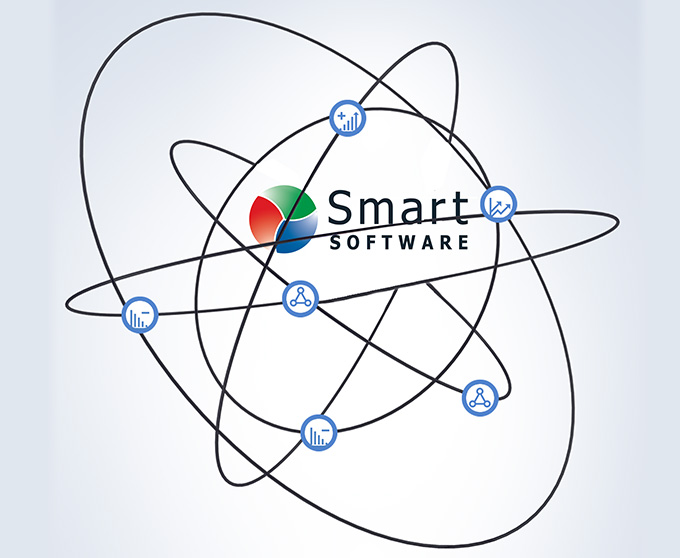Physicists like my Smart Software co-founder, Dr. Nelson Hartunian, tell us civilians that everything is different when we drill down to the tiniest level of the world. Physics at the quantum level is quite weird – not at all like what we experience in our usual macroscopic life. Among the oddities are “superposition”, “entanglement”, and “quantum foam.” Weird as these phenomena are, I cannot help seeing analogs in the supposedly different world of supply chain management.
Consider quantum superposition. Briefly, superposition means any quantum entity can be in two states at once. Schrödinger’s cat is the most famous illustration of this idea. But how many of you readers are also in a state of superposition? Don’t you find yourself being a manager of a team yet a member of your supervisor’s team, a trouble-shooter yet also a forecasting expert or an inventory optimizer and…? And doesn’t all this make you sometimes feel, like that cat, that you are simultaneously both dead and alive? Modern software can ease some of this burden by automating the tasks of demand planning and inventory optimization. The rest is up to you.
A second quantum analog is entanglement. Briefly, entanglement is the linkage between two elements of a system. They can be light years apart, yet changing one part of an entangled system will instantaneously change the other part. This bugged Albert Einstein, who derided it as “spooky action as a distance.” In our regular world, demand planning and inventory optimization are entangled, since the process of inventory optimization sits on top of the process of demand forecasting. Modern software links the two in an efficient interface.
Finally, the quantum foam – one of my favorite ideas. As I understand it, quantum foam is a substitute for empty space: there is no empty space, rather a constant bubbling of “vacuum energy” accompanied by a flux of “virtual particles” being born out of nothing and then disappearing back into nothing. In the supply chain world, the analogs of virtual particles are customer orders. Often it seems that they pop up with no warning out of thin air, and sometimes they disappear by cancellation in an equally random and mysterious process. This kind of demand fluctuation is the basis for all the theory of inventory control. Modern software therefore begins with probability models of customer demand. Those models then have implications for such tangible quantities as safety stocks, reorder points, and order quantities.
Does it really help demand planners and inventory managers to think about these ideas from quantum physics? Well, it’s a bit of fun to see the analogies to our regular world of work. And they do remind us of more macroscopic matters: the basic concepts of the need to deal with more than one task simultaneously, the linkage between forecasting and inventory management, and randomness as the fundamental feature of the supply chain.
Related Posts

Forecast-Based Inventory Management for Better Planning
Forecast-based inventory management, or MRP (Material Requirements Planning) logic, is a forward-planning method that helps businesses meet demand without overstocking or understocking. By anticipating demand and adjusting inventory levels, it maintains a balance between meeting customer needs and minimizing excess inventory costs. This approach optimizes operations, reduces waste, and enhances customer satisfaction.

Make AI-Driven Inventory Optimization an Ally for Your Organization
In this blog, we will explore how organizations can achieve exceptional efficiency and accuracy with AI-driven inventory optimization. Traditional inventory management methods often fall short due to their reactive nature and reliance on manual processes. Maintaining optimal inventory levels is fundamental for meeting customer demand while minimizing costs. The introduction of AI-driven inventory optimization can significantly reduce the burden of manual processes, providing relief to supply chain managers from tedious tasks.

The Importance of Clear Service Level Definitions in Inventory Management
Inventory optimization software that supports what-if analysis will expose the tradeoff of stockouts vs. excess costs of varying service level targets. But first it is important to identify how “service levels” is interpreted, measured, and reported. This will avoid miscommunication and the false sense of security that can develop when less stringent definitions are used. Clearly defining how service level is calculated puts all stakeholders on the same page. This facilitates better decision-making.











